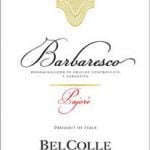There was a time when alcohol was served in hidden, secluded corners—it was the Prohibition era, and tavern owners had to get creative to meet the demands of their clientele. These places were separated from the rest of the area, barred off. It’s from the English word “barred” that the term “bar” originates, eventually coming to designate the entire establishment. In Italy, the bar is an institution, so much so that people talk about the “Italian-style bar,” as the concept of a European café is culturally far from Italian standards. The first experiment was in the 16th century, but it wasn’t until the spread of Viennese coffee houses that bars began appearing in the major cities of the Peninsula.
From inns to the discovery of coffee
Before bars, there were cafés. And before that, there were inns—the kind we imagine in Don Quixote or Shrek, inspired by the taverns of ancient Rome where travelers stopped for a warm meal and some wine. In the Middle Ages, these spaces were equipped with a single large table (the “social table” as it’s known today), a few dishes, and, above all, a lot of alcohol. They served as refuges for travelers who could stop for a meal and stay overnight, though the clientele was often mixed and not always reputable.
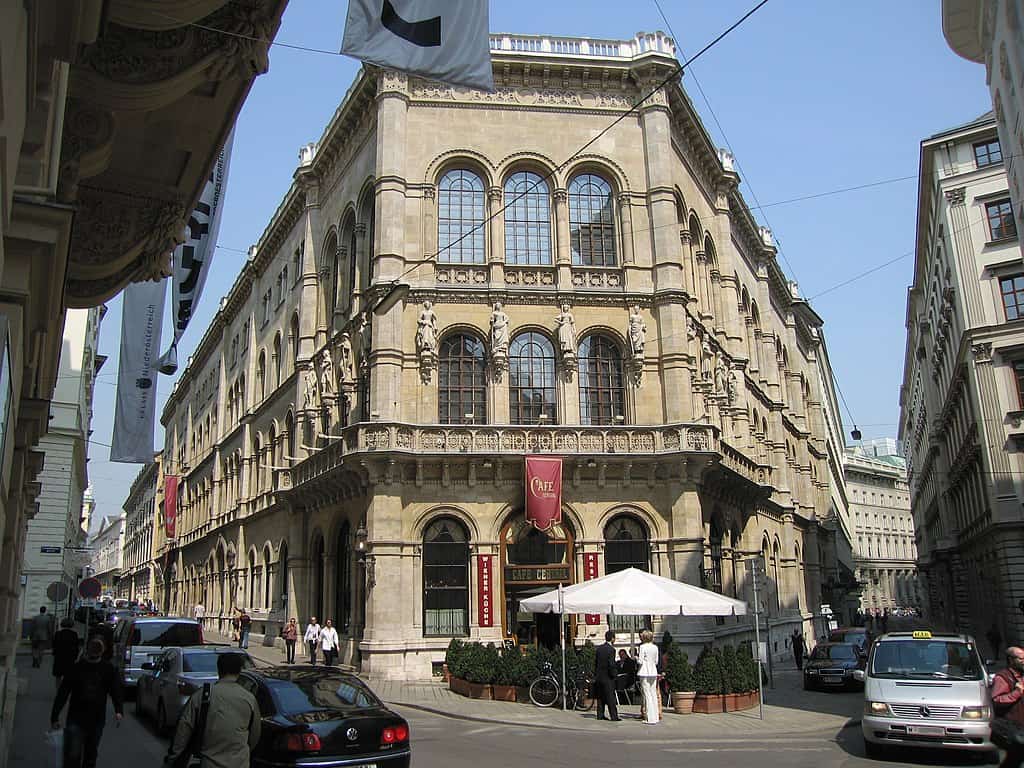
Café Central, Vienna
These inns were once the only form of dining available (in the UK, for example, Public Houses, where patrons could find food and lodging, later gave birth to the famous pubs). Then, in the 17th century, things began to change with the appearance of the first coffee houses, catering to a very different and more discerning clientele. This happened in Vienna, where it’s said that after the Turkish siege of 1683, Ottoman troops retreated, leaving behind sacks of coffee, an unknown product mistaken for horse feed. King John III of Poland left the beans with Franciszek Jerzy Kulczycki, an officer in the army who recognised them as raw coffee, which he transformed into a beverage by adding sugar and cream.
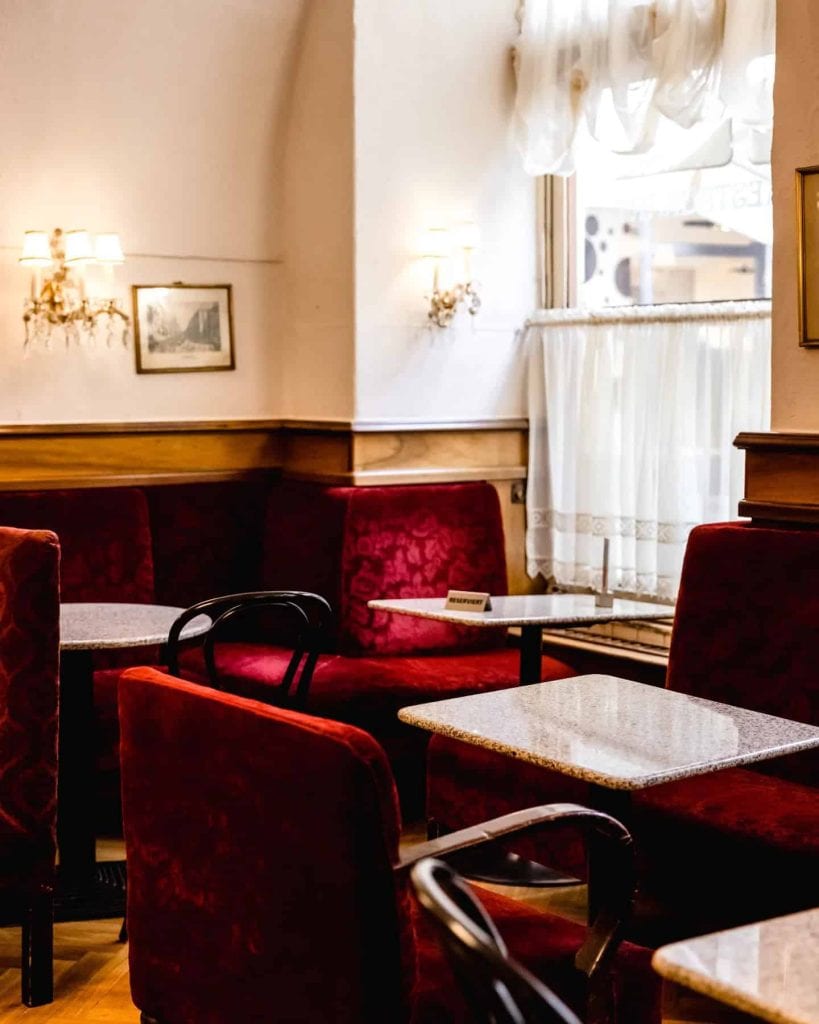
Café Frauenhuber, Vienna
The Myth of Viennese Coffee Houses
Two years later, Kulczycki opened the first Viennese coffee house near St. Stephen’s Cathedral. These were places to meet, even more than to drink; there was coffee (prepared Turkish-style) and pastries, but above all, there was an elegant and refined atmosphere—a festive ambiance among marble tables and upholstered chairs. Here, people read newspapers, wrote letters, and especially gathered with intellectuals and artists. From that first coffee house in 1685, many more followed. In the 20th century, Viennese coffee houses reached their peak, frequented by numerous writers, politicians, and prominent figures who made them their hub. Other cities in the Austro-Hungarian Empire, from Prague to Budapest, Kraków to Trieste, followed suit and began establishing their own coffee houses.
Italy’s first Bar in Venice
What could be considered the first bar in Italy, however, had already opened in Venice two years earlier, in 1683. It was called the Bottega del Caffè and was located under the arcades of Piazza San Marco. Credit goes to the botanical physician Prospero Alfino, who, after a long period in Egypt, decided to bring the taste and rituals of these fragrant beans to his homeland, initially promoting them as medicine. Influences from neighbouring Austro-Hungarian territories in the following years definitively cemented the success of the coffee house, which was then imitated in other major Italian cities.
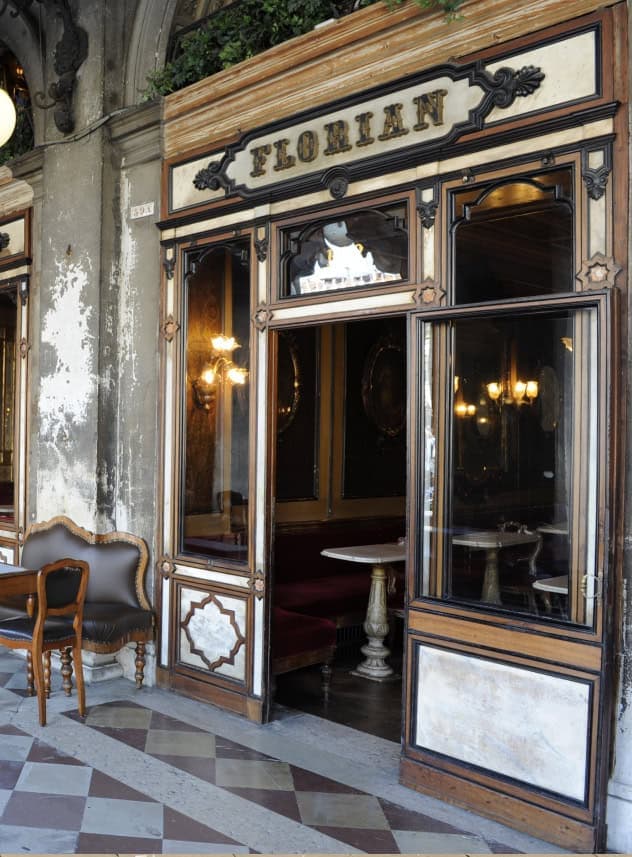
Caffè Florian, Venezia
An important turning point came a century later, in 1720, with the opening of the famous Caffè Florian, once again in Venice. Two years later, Caffè Pedrocchi opened in Padua, followed by Gilli in Florence in 1733 and Greco in Rome in 1760. These bars have made history, standing far from the new concept of cafés gaining popularity in recent years, with specialty coffee and refined extractions, yet they paved the way for the creation of the dense network of establishments that contributed to the myth of the Italian-style bar.

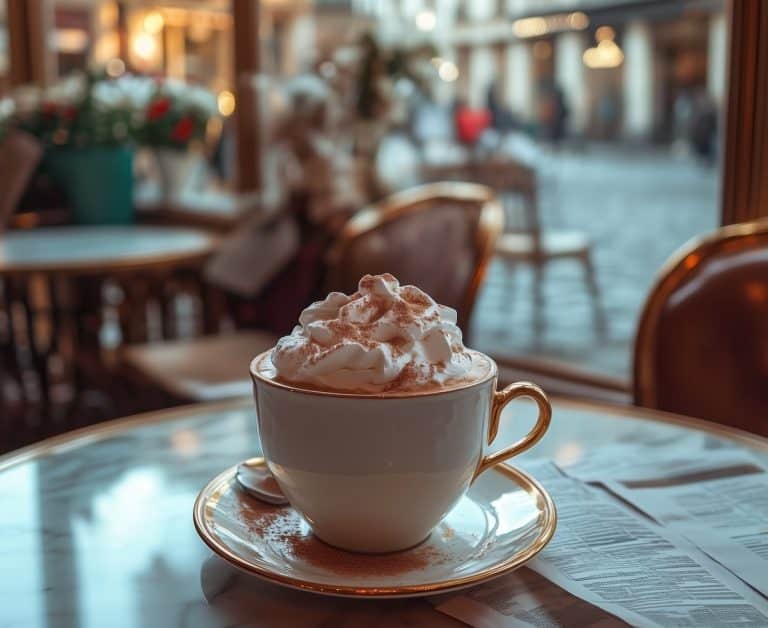
 US tariffs: here are the Italian wines most at risk, from Pinot Grigio to Chianti Classico
US tariffs: here are the Italian wines most at risk, from Pinot Grigio to Chianti Classico "With U.S. tariffs, buffalo mozzarella will cost almost double. We're ruined." The outburst of an Italian chef in Miami
"With U.S. tariffs, buffalo mozzarella will cost almost double. We're ruined." The outburst of an Italian chef in Miami "With US tariffs, extremely high risk for Italian wine: strike deals with buyers immediately to absorb extra costs." UIV’s proposal
"With US tariffs, extremely high risk for Italian wine: strike deals with buyers immediately to absorb extra costs." UIV’s proposal Meloni: "Tariffs? If necessary, there will be consequences. Heavy impact on agri-food sector"
Meloni: "Tariffs? If necessary, there will be consequences. Heavy impact on agri-food sector" The Government honours the greats of Italian cuisine, from Bottura to Pepe. Massari: "Thank you, Meloni, the only one who listened to us"
The Government honours the greats of Italian cuisine, from Bottura to Pepe. Massari: "Thank you, Meloni, the only one who listened to us"